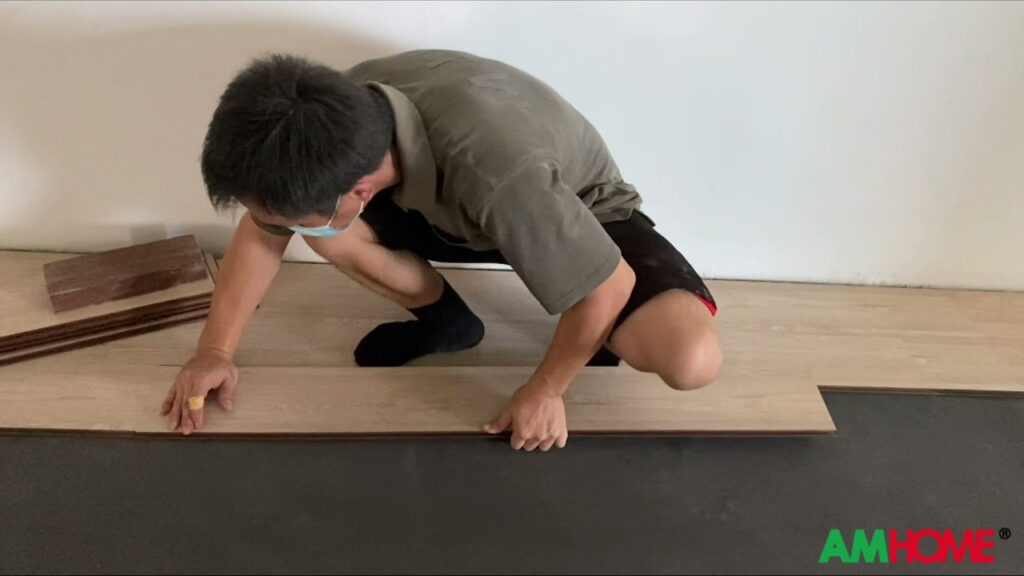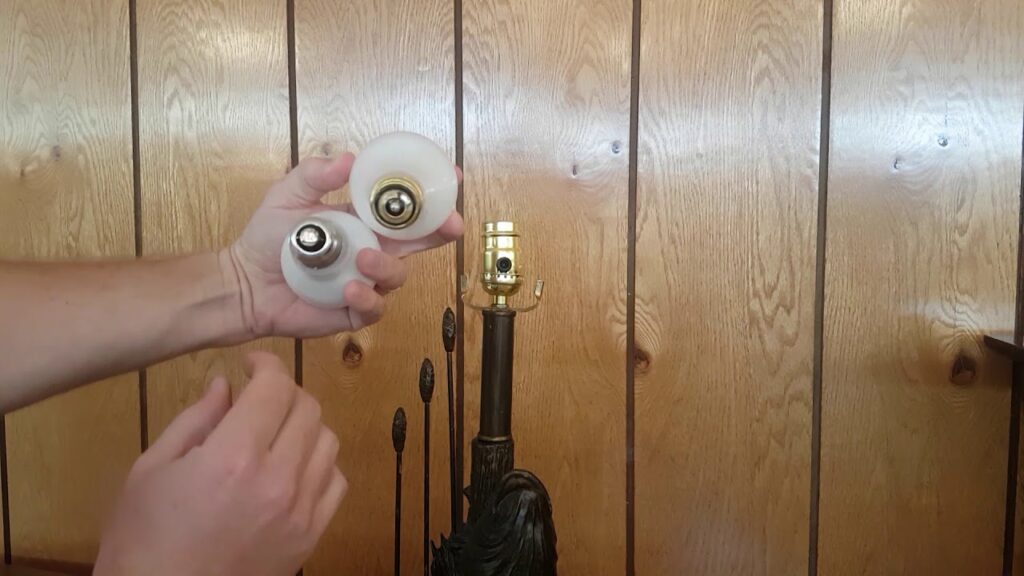What is Chair Rail Molding and Its Purpose?
Understanding Chair Rail Molding
Chair rail molding is a decorative trim installed horizontally along the wall at approximately chair height, typically ranging from 32 to 36 inches from the floor. It serves as both a functional and aesthetic element in interior design, adding charm and character to a room. This type of molding is often used in dining rooms, living rooms, and hallways, but its versatility allows it to be utilized in various spaces.
The Purpose of Chair Rail Molding
The primary purpose of chair rail molding is to protect the walls from damage caused by the backs of chairs and other furniture. It provides a barrier that prevents chairs from scuffing or denting the wall, thus helping to maintain the integrity of the interior surfaces. Additionally, chair rail molding can visually divide the wall, adding a sense of proportion and creating a pleasing aesthetic effect. It can also be used to emphasize architectural details or to break up larger walls, adding interest to the overall design of a room.
Styles and Materials
Chair rail molding comes in a variety of styles and materials, allowing for customization to suit different design preferences and architectural styles. Common materials include wood, MDF, and polyurethane, while styles range from simple, classic designs to more ornate and decorative options. The choice of chair rail molding can significantly impact the overall look and feel of a space, making it an important consideration in interior design and renovation projects.
Types of Chair Rail Molding and How to Choose the Right One
Choosing the right chair rail molding can greatly enhance the aesthetic appeal of a room while providing protection to the walls. There are various types of chair rail molding available, each with its own unique style and function. Understanding the different options can help in selecting the most suitable molding for your space.
One common type of chair rail molding is the traditional wooden molding, which offers a timeless and elegant look. This classic option comes in a variety of wood species, allowing for customization to match the existing decor. Additionally, there are modern alternatives such as metal and PVC chair rail moldings, which provide a sleek and contemporary appearance. These materials are durable and easy to maintain, making them ideal for high-traffic areas.
When choosing the right chair rail molding, it’s important to consider the overall design scheme of the room. For a formal and sophisticated look, intricate designs and decorative details on the molding can add a touch of elegance. Alternatively, for a more minimalist and clean aesthetic, a simple and streamlined chair rail molding may be the best choice. Additionally, the height and width of the molding should be chosen based on the proportions of the room and the desired visual impact.
Ultimately, the right type of chair rail molding will depend on the specific stylistic preferences, practical needs, and budget considerations. By carefully evaluating the options and taking into account the design of the space, it’s possible to select the perfect chair rail molding to enhance the beauty and functionality of any room.
Installing Chair Rail Molding: A Step-by-Step Guide
Gather the Necessary Tools and Materials
Before starting the installation process, ensure that you have all the tools and materials required for the job. You will need a chair rail molding, measuring tape, miter saw, level, pencil, construction adhesive, finish nails, hammer, and a putty knife.
Measure and Cut the Molding
Begin by measuring the walls where the chair rail molding will be installed. Use a measuring tape to determine the length needed for each section. Then, using a miter saw, cut the molding at a 45-degree angle for each corner. Ensure that the cuts are precise for a seamless fit.
Attach the Molding to the Wall
Apply construction adhesive along the back of the molding to secure it to the wall, ensuring it is level and straight. Once in place, use a hammer to gently tap in finish nails to provide additional support. Be sure to fill any nail holes with putty for a seamless finish.
Finish and Paint
Once the chair rail molding is secured, fill any gaps or seams with caulk to achieve a polished look. Lastly, paint the molding to complement the room’s décor, and allow it to dry thoroughly before enjoying the enhanced aesthetic appeal.
Installing chair rail molding can add a touch of elegance and architectural interest to any room. Follow the step-by-step guide above to achieve a professional-looking installation that will enhance the visual appeal of your space.
Chair Rail Molding: Dos and Don’ts for a Flawless Installation
The Dos
- Measure Twice, Cut Once: Accurate measurements are crucial for a seamless installation. Take your time to measure the walls and angles properly before making any cuts.
- Use a Level: Ensuring that the chair rail is installed straight and level is essential for a professional finish. A level will help you achieve a precise and balanced look.
- Proper Adhesive: Use the right adhesive or nails to secure the chair rail firmly to the wall. This will prevent any potential issues with loose or wobbly molding over time.
- Seamless Joints: When joining two pieces of chair rail molding, make sure the edges fit together seamlessly for a cohesive appearance. Sand down any rough edges for a perfect transition.
The Don’ts
- Rushing the Installation: Take the time to complete the installation properly. Rushing can result in crooked or uneven placement, detracting from the overall look of the room.
- Ignoring Imperfections: Before installation, inspect the chair rail for any defects or imperfections. Installing flawed molding will only draw attention to the flaws rather than enhancing the room’s aesthetics.
- Overlooking Paint Preparation: If you plan to paint the chair rail, ensure that it is properly primed and sanded before applying the paint. Skipping this step can result in an uneven or unprofessional finish.
- Forgetting to Secure Corners: Ensure that the corners are securely fastened to prevent gaps or misalignment. Properly securing the corners will create a polished and seamless look.
Enhancing Your Space: Creative Ways to Use Chair Rail Molding
Chair rail molding offers a versatile and stylish way to enhance your space. Whether you’re looking to add a touch of elegance or create visual interest, chair rail molding can be used in a variety of creative ways to elevate the look of any room in your home.
One creative way to use chair rail molding is to create a two-tone wall treatment. By installing the chair rail molding at the midpoint of the wall, you can paint the area below the molding a different color than the area above it, creating a visually dynamic and sophisticated look. This technique can add depth and dimension to any space, making it feel more polished and upscale.
In addition to its aesthetic appeal, chair rail molding can also serve a practical purpose in your space. For example, installing chair rail molding in high-traffic areas such as hallways or dining rooms can help protect the walls from scuffs and marks caused by chairs or other furniture. This not only adds a decorative element to the room but also provides a functional solution for maintaining the walls’ appearance over time.
Another creative use of chair rail molding is to create a decorative frame for artwork or a focal point on the wall. By installing chair rail molding in a rectangular or square shape, you can create an elegant framework for displaying artwork, mirrors, or other decorative elements. This approach can add a touch of sophistication and visual interest to any room, drawing the eye to the focal point and creating a more refined and cohesive look.


